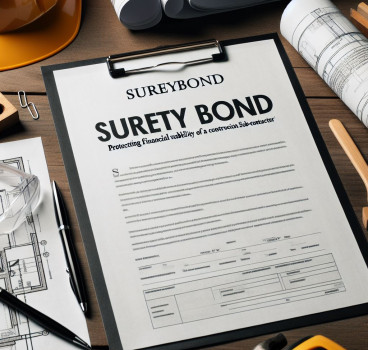Keeping construction noise at bay
Noise accounts for most of the complaints that local councils and the Environment Agency receive about environmental pollution and is a major cause of stress. Given that construction sites generate significant levels of noise, which is always varied and changing, what noise control methods do contractors have at their disposal to minimise the impact of noise from such works on nearby residents and businesses?
Noise during construction is balancing act between the needs of the developer and the rights of local residents. It is one of the most difficult things to control, which is down in many ways to the size of the site, the changes in location of machinery and the transient nature of the construction. From drills to sledgehammers, electric saws to cement mixers, earth moving equipment to generators; the noise generated by these activities can be an unhealthy mix of high intensity and continuous. It can lead to high blood pressure, extreme stress and in worst cases damage to hearing.
While there are number of ways to control environmental noise on construction sites, through the use of quieter equipment, limiting construction hours, or creating noise perimeter zones, one of the most effective ways of reducing construction site noise is through the use of purpose-built perimeter noise control barriers.
Noise control barriers are a fast and cost effective way of dealing with construction site noise, reducing complaints as well as promoting good relations between the construction industry and the local community.
These noise control barriers are made from a composite of durable acoustic facing material, acoustically absorbent core and flexible mass membrane, delivering both optimum sound absorption and sound insulation. By designing the noise barriers to absorb noise on the side facing the noise source, unwanted sound reflections are reduced, and this in combination with the designed sound reduction through mass, lowers both the ambient and transmitted sound to the environment and nearby residences.
Quickly fixed to site fencing and scaffolding, they can absorb both noise on site for operators and create a beneficial environmental noise reduction to the outside community. Due to their unique design they offer outstanding performance whilst still being easily rolled, handled and stored.
Construction noise is part of any development. Simple straightforward solutions such as noise control barriers can be the difference between a site being up and running and an unwelcome visit from the local environmental health officer. And they do not require extensive acoustic experience on the part of the contractor.
By Graham Laws – Business Development Officer, Siderise
Visit: www.siderise.com
Additional Blogs

The financial landscape and the rising risks of subcontractor defaults
In recent years, the construction industry has faced unprecedented financial challenges. Increasing material costs, fluctuating labour markets and inflationary pressures have squeezed the budgets of...
Read moreThe impact of organised crime on South Africa’s construction industry
In recent years, South Africa’s construction industry has faced a growing crisis from organised crime groups. The so-called "construction mafia" have created an environment of fear and uncertainty,...
Read more

Exploring the global market for glass fibre reinforced concrete
The global glass fibre reinforced concrete (GFRC) market is booming, driven by rising demand from both commercial and residential sectors and bolstered by trends toward sustainable construction....
Read more